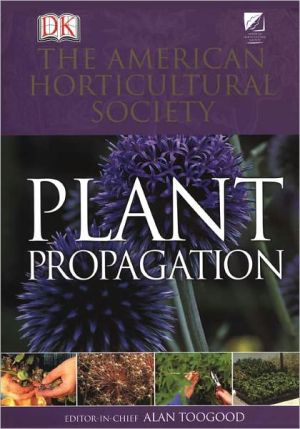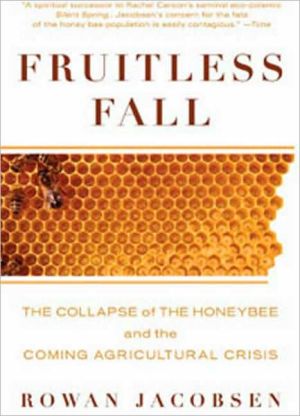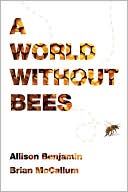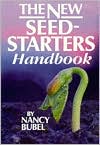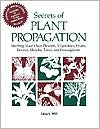Plant Resistance to Herbivores and Pathogens: Ecology, Evolution, and Genetics
Search in google:
Far from being passive elements in the landscape, plants have developed many sophisticated chemical and mechanical means of deterring organisms that seek to prey on them. This volume draws together research from ecology, evolution, agronomy, and plant pathology to produce an ecological genetics perspective on plant resistance in both natural and agricultural systems. By emphasizing the ecological and evolutionary basis of resistance, the book makes an important contribution to the study of how phytophages and plants coevolve.Plant Resistance to Herbivores and Pathogens not only reviews the literature pertaining to plant resistance from a number of traditionally separate fields but also examines significant questions that will drive future research. Among the topics explored are selection for resistance in plants and for virulence in phytophages; methods for studying natural variation in plant resistance; the factors that maintain intraspecific variation in resistance; and the ecological consequences of within-population genetic variation for herbivorous insects and fungal pathogens."A comprehensive review of the theory and information on a large, rapidly growing, and important subject."—Douglas J. Futuyma, State University of New York, Stony Brook Booknews Part 1 of this volume emphasizes the inheritance and mechanisms of plant resistance, and methods of studying resistance traits in natural populations. The evolutionary responses of herbivores and pathogens to within-population resistance variation in natural and managed systems comprises part 2. In part 3, the effects of resistance on population biology of herbivores and grazers, on interactions between herbivore species, and on interactions between organisms on the second and third trophic levels are considered. Selection on resistance by herbivores and pathogens, the effects of plant population structure, and defense theory and costs of resistance are the themes of part 4. Annotation c. Book News, Inc., Portland, OR (booknews.com)
Preface1Ecological Genetics of Plant-Phytophage Interactions1Pt. 1Analysis and Inheritance of Resistance Variation2Resistance Variation in Natural and Managed Systems133Uses of Quantitative Genetics for Studying the Evolution of Plant Resistance424Quantification of Chemical Coevolution69Pt. 2Evolutionary Responses to Plant Resistance by Herbivores and Pathogens5Evolution of Herbivore Virulence to Plant Resistance: Influence of Variety Mixtures916Insect Distribution Patterns and the Evolution of Host Use1207Plant Variation and the Evolution of Phenotypic Plasticity in Herbivore Performance1408Diversity in Plant Pathogenic Fungi as Influenced by Host Characteristics172Pt. 3Population and Community Responses to Plant Resistance Variation9Plant Variation: Its Effects on Populations of Herbivorous Insects19510The Importance of Deterrence: Responses of Grazing Animals to Plant Variation21611Community Structure and Species Interactions of Phytophagous Insects on Resistant and Susceptible Host Plants24012Effects of Plant Variation on Herbivore-Natural Enemy Interactions278Pt. 4Evolution of Plant Resistance13The Selective Impact of Herbivores30114Evolution of Disease Resistance in Natural Plant Populations32615Disease and Plant Population Genetic Structure34516Theory and Pattern in Plant Defense Allocation36317Costs of Plant Resistance to Herbivory39218Toward Community Genetics426References451Contributors567Taxonomic Index569Subject Index577

